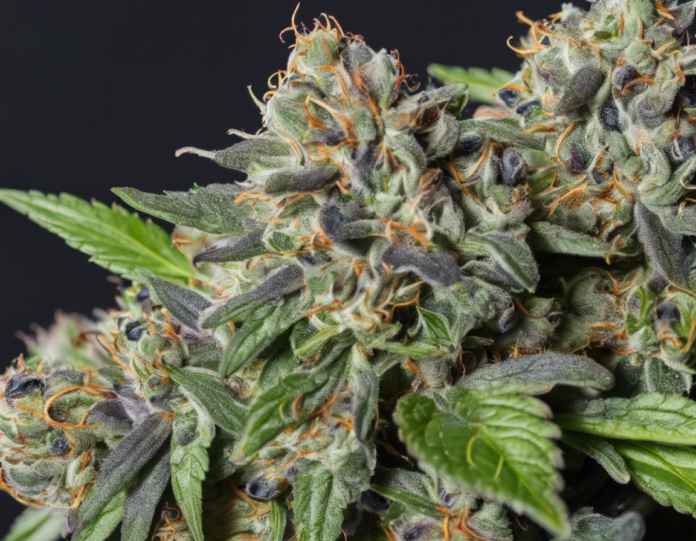Are you looking to add a touch of cosmic wonder to your baking repertoire? If so, then space cakes might just be the perfect culinary adventure for you! These visually stunning delights not only look out of this world but are also delicious treats that are sure to impress your friends and family. In this comprehensive guide, we will explore everything you need to know to create your own batch of galaxy-inspired cakes that will spark joy and wonder in whoever gets to indulge in them.
Getting Started
Ingredients:
To start your space cake journey, you’ll need to gather some key ingredients. Here is a breakdown of what you’ll need:
– Cake mix/Ingredients for cake batter: You can use your favorite cake recipe or a cake mix of your choice.
– Food Coloring: Gel food coloring in shades of blue, purple, pink, and black.
– Edible glitter and sprinkles: To add that cosmic sparkle.
– Frosting: Buttercream frosting works best for creating galaxy effects.
– Edible stars: Optional, but they add a nice touch to the cosmic theme.
Equipment:
Make sure you have the following tools on hand:
– Mixing bowls
– Baking pans
– Piping bags
– Palette knife or offset spatula
– Star-shaped cookie cutter
– Toothpicks
– Food-safe paintbrushes
Steps to Create Your Space Cakes
- Prepare Your Cake Batter:
-
Follow your chosen cake recipe or instructions on the cake mix box to prepare the batter.
-
Color the Batter:
- Divide the batter into separate bowls.
- Use gel food coloring to dye each bowl of batter in shades of blue, purple, pink, and leave one bowl white.
-
Mix until you achieve vibrant colors.
-
Layer the Batter:
-
Spoon the different colored batters into the cake pans in random order to create a marbled effect.
-
Create Galaxy Effects:
- Use a toothpick to swirl the colors together for a galaxy-like effect.
-
Add edible glitter and sprinkles to enhance the cosmic look.
-
Bake:
- Follow the baking instructions for your cake recipe.
-
Let the cakes cool completely before frosting.
-
Frosting:
- Prepare black buttercream frosting by mixing black food coloring with your buttercream.
-
Frost your cakes with a thin layer of black frosting for the galaxy backdrop.
-
Galaxy Decoration:
- Use a palette knife or offset spatula to create swirls of blue, purple, and pink frosting on top of the black backdrop.
-
Add edible stars and more glitter to complete the cosmic look.
-
Serve and Enjoy:
- Slice into your space cakes and marvel at the galaxy-inspired patterns inside.
- Enjoy your delicious and visually stunning creations!
Tips for Perfect Space Cakes
- Practice Patience: Achieving the perfect galaxy effect may take some practice, so don’t be disheartened if your first attempt isn’t flawless.
- Experiment: Feel free to get creative with your colors and designs to make each batch of space cakes unique.
- Chill Frosting: If your frosting is too runny, pop it in the fridge for a bit to help it firm up before decorating.
- Have Fun: Baking should be a fun and enjoyable experience, so relax and enjoy the process of creating your space cakes.
Frequently Asked Questions (FAQs)
- Can I use a different type of cake for my space cakes?
-
Yes, feel free to use any cake recipe you prefer for your space cakes.
-
How do I store leftover space cakes?
-
Store your space cakes in an airtight container in the refrigerator for up to 3-4 days.
-
Can I freeze space cakes for later?
-
Yes, you can freeze unfrosted space cakes for up to 3 months. Thaw them in the fridge overnight before serving.
-
Do I have to use gel food coloring for the batter?
-
Gel food coloring works best as it provides vibrant colors without altering the consistency of the batter.
-
Can I add other decorations to my space cakes?
- Absolutely! Get creative with your decorations and add edible pearls, silver balls, or any other cosmic-themed toppings you like.
In conclusion, space cakes are a delightful way to bring a touch of the cosmos into your baking endeavors. With a bit of creativity and the right tools, you can whip up these stunning treats that are as fun to make as they are to eat. So, don your baking apron, gather your ingredients, and embark on a cosmic baking adventure that is sure to leave everyone in awe of your celestial creations!











